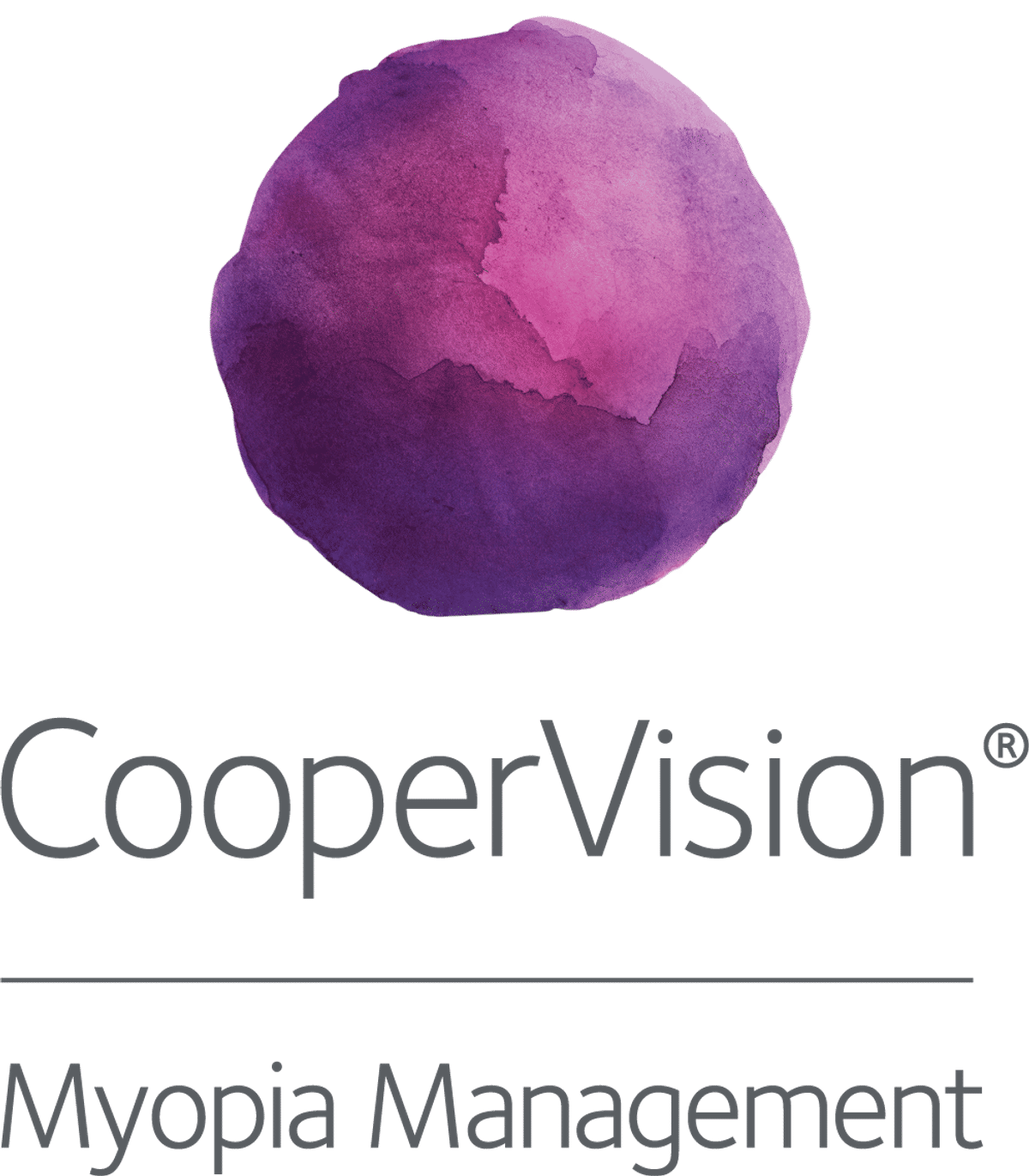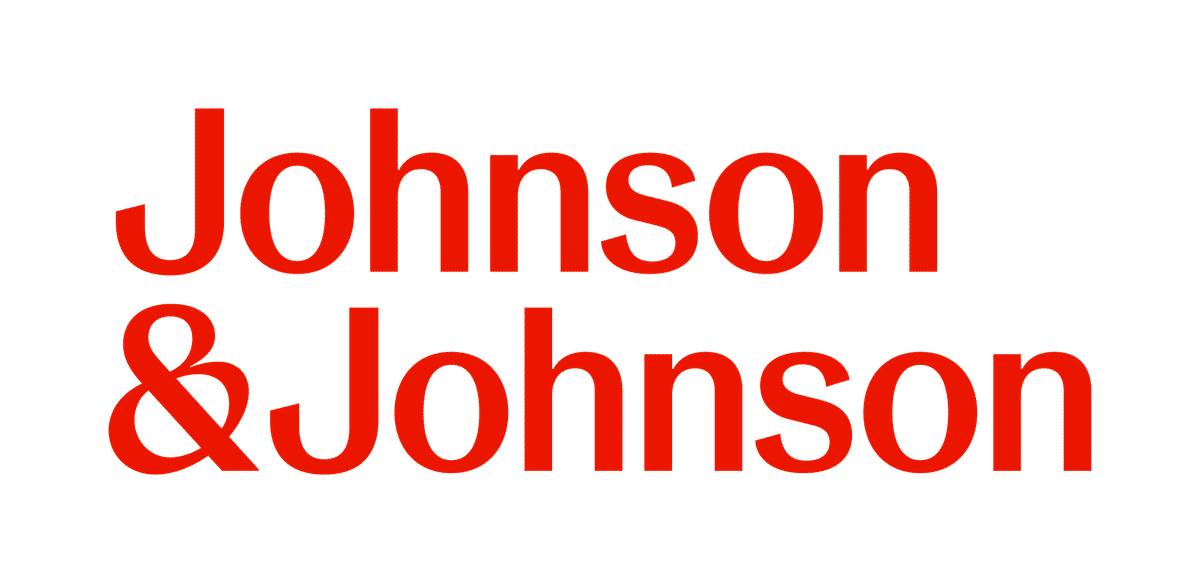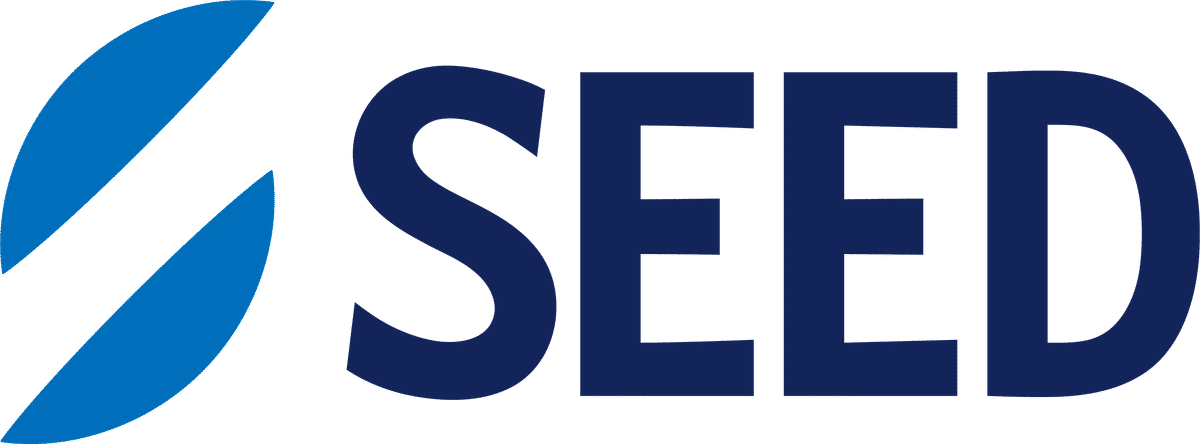Clinical
Special cases with Essilor® Stellest® lenses

Sponsored by
In this article:
Exploring how Essilor® Stellest® lenses can extend benefits to children with pre-myopia, anisometropia, intermittent exotropia, and retinopathy of prematurity.
Introduction
Spectacle lenses with highly aspherical lenslets (HAL, Essilor® Stellest® lenses) generate a volume of non-focused light in front of the retina and following its shape, to slow the progression of myopia and axial length (AL) growth.
Essilor® Stellest® lenses are a widely used intervention for myopia control, and have established a robust evidence base through randomized control trials.
A 2-year randomized controlled clinical trial
Long-term studies demonstrate sustained efficacy over 5 years, preventing 3 years of myopia progression and axial elongation on average.
In addition to their use in children with low-to-moderate myopia, Essilor® Stellest® lenses have been evaluated for myopia control in diverse clinical scenarios, including pre-myopia,
This article reviews the current evidence for these special cases.
Pre-myopia
It is known that a low hyperopic reserve (having a lower amount of hyperopia than expected for a child’s age) is the primary risk factor for myopia development.
Pre-myopia is defined in the International Myopia Institute – Defining and Classifying Myopia report
Until recently, preventive measures against myopia onset have predominantly involved increased outdoor time
One of the first studies to explore the use of optical interventions for pre-myopia was conducted using Essilor® Stellest® lenses (plano pair) in 2024.
Building on these findings, Wang et al
A separate study provided insights into the short-term impacts of HAL lens wear in pre-myopic children. In a real-world study, Sun et al.
Essilor® Stellest® lenses (plano pair) effectively delay the onset of myopia in pre-myopic children, conditional upon achieving sufficient wearing times. Based on early results, clinicians who prescribe Essilor® Stellest® lenses for pre-myopia could suggest a wearing schedule of at least 6 hours/day.
For more information, read our complete guide on How to identify and manage pre-myopes.
Unilateral myopic anisometropia
Unilateral myopic anisometropia (UMA) is a refractive condition wherein a myopic eye is paired with a low hyperopic or emmetropic eye.
There has been some confusion surrounding refractive progression rates in the myopic and fellow eye. Pointer and Gilmartin
Later studies showed not only that the magnitude of anisometropia increases over time,
New evidence has emerged that wearing Essilor® Stellest® spectacle lenses binocularly confers protective benefits to both eyes of children with UMA.
Zhai et al compared the effects of monocular orthokeratology (OK) with binocular HAL lenses over 12 months, in Chinese children with UMA aged 8-14 years.
The results indicate that in children with UMA, wearing Essilor® Stellest® lenses binocularly can effectively delay myopia onset in the non-myopic eye, in addition to slowing myopia progression in the myopic eye.
Intermittent exotropia
Intermittent exotropia (IXT) is the most common form of strabismus, seen in approximately 3% of preschool children in China.
No significant differences in visual acuity, accommodative lag, amplitude, phoria, or stereoacuity have been found in healthy myopic children after 1 year wearing of HAL lenses, compared to SVLs.
Recently, Zhou et al.
These findings suggest that Essilor® Stellest® lenses are highly unlikely to disrupt binocular vision or accommodation, even in children with IXT – and can therefore be considered a safe option for myopia management.
Myopia of prematurity (MOP)
Retinopathy of prematurity (ROP) is a developmental retinal disorder that occurs in prematurely born infants, characterised by abnormal retinal vascular development.
Myopia of prematurity (MOP) refers to myopia associated with ROP, and is considered a distinct entity from pathologic or school-age myopia. MOP is characterised by an abnormal anterior segment and disproportionally short axial length, as the primary source of myopia is lenticular as opposed to axial myopia.
An abstract presented at the ARVO 2025 Annual Meeting shed light on the potential application of Essilor® Stellest® lenses in children who developed myopia following ROP.Parrozzani et al. evaluated whether HAL spectacle lenses could reduce myopia progression in children with MOP. In comparison with SVLs, wearing HAL spectacle lenses reduced myopia progression by 0.61D (66%) over 12 months. Interestingly, the achieved efficacy was similar to the 1-year results
These results suggest that Essilor® Stellest® lenses can slow myopia progression even in children with myopia of prematurity – and potentially to a similar degree as healthy children with progressive myopia.
Key points
- Essilor® Stellest® lenses can be used effectively in pre-myopic children, provided they are worn for at least 6 hours per day.
- In unilateral myopic anisometropia, Essilor® Stellest® lenses slow progression in the myopic eye and help delay onset in the fellow eye.
- Essilor® Stellest® lenses do not adversely affect binocular vision or accommodation in children with intermittent exotropia, apart from minor AMF changes
- In children with myopia of prematurity, Essilor® Stellest® lenses reduce myopia progression to a similar degree as children without pre-existing ocular conditions.
- Essilor® Stellest® lenses are an established first-line intervention for myopia management, with sufficient wearing time being crucial for optimal outcomes. Children are recommended to wear Essilor® Stellest® glasses during all waking hours, at least 12 hours per day, every day.
Essilor® Stellest® lenses are not currently FDA approved and are not commercially available for sale in all countries, including the U.S.
Meet the Authors:
About Brian Peng
Brian is a clinical optometrist based in Sydney, Australia. He graduated from the University of New South Wales and was awarded the Research Project Prize for his work on myopia. He has a keen interest in myopia-related research, industry, and education.
Read Brian's work on our My Kids Vision website, our public awareness platform. Brian also works on development of various new resources across MyopiaProfile.com.
This content is brought to you thanks to an educational grant from
References
- Bao J, Huang Y, Li X, et al. Spectacle Lenses With Aspherical Lenslets for Myopia Control vs Single-Vision Spectacle Lenses: A Randomized Clinical Trial. JAMA Ophthalmol. May 2022;140(5):472-478. [link]
- Li X, Huang Y, Liu C, et al. Myopia control efficacy of spectacle lenses with highly aspherical lenslets: results of a 5-year follow-up study. Eye Vis (Lond). Mar 2025;12(1):10. [link]
- Zhang Z, Zeng L, Gu D, et al. Spectacle Lenses With Highly Aspherical Lenslets for Slowing Axial Elongation and Refractive Change in Low-Hyperopic Chinese Children: A Randomized Controlled Trial. Am J Ophthalmol. Jan 2025;269:60-68. [link]
- Wang L, Wong YL, Drobe B, et al. Effectiveness of spectacle lenses with highly aspherical lenslets in slowing axial elongation among non-myopic children. Clin Exp Optom. May 2025. [link]
- Zhai J, Fang W, Zhang Y, et al. Effects of orthokeratology and spectacle lenses with highly aspherical lenslets on unilateral myopic anisometropia control. Ophthalmic Physiol Opt. Nov 2024;44(7):1407-1413. [link]
- Fengchao Z, Xue L, Yingying H, et al. Effect of Spectacle Lenses with Highly Aspherical Lenslets on Binocular Vision and Accommodation in Myopic Children with and without Intermittent Exotropia. J Ophthalmol. Aug 2025;2022:9306848. [link]
- Zadnik K, Sinnott LT, Cotter SA, et al. Prediction of Juvenile-Onset Myopia. JAMA Ophthalmol. Jun 2015;133(6):683-9. [link]
- Bullimore MA, Brennan NA. Myopia: An ounce of prevention is worth a pound of cure. Ophthalmic Physiol Opt. Jan 2023;43(1):116-121. [link]
- Tideman JWL, Snabel MC, Tedja MS, et al. Association of Axial Length With Risk of Uncorrectable Visual Impairment for Europeans With Myopia. JAMA Ophthalmol. Dec 2016;134(12):1355-1363. [link]
- Flitcroft DI, He M, Jonas JB, et al. IMI - Defining and Classifying Myopia: A Proposed Set of Standards for Clinical and Epidemiologic Studies. Invest Ophthalmol Vis Sci. Feb 2019;60(3):M20-M30. [link]
- Xiong S, Sankaridurg P, Naduvilath TJ, et al. Time spent in outdoor activities in relation to myopia prevention and control: a meta-analysis and systematic review. Acta Ophthalmol. Sep 2017;95(6):551-566. [link]
- Yam JC, Zhang XJ, Zhang Y, et al. Effect of Low-Concentration Atropine Eyedrops vs Placebo on Myopia Incidence in Children: The LAMP2 Randomized Clinical Trial. JAMA. Feb 2023;329(6):472-481. [link]
- Sun A, Li X, Zhu P, et al. Real-world efficacy of plano lenses with highly aspherical lenslets in children with pre-myopia: A prospective cohort study. Ophthalmic Physiol Opt. Sep 2025;45(6):1468-1474. [link]
- Pointer JS, Gilmartin B. Clinical characteristics of unilateral myopic anisometropia in a juvenile optometric practice population. Ophthalmic Physiol Opt. Sep 2004;24(5):458-63. [link]
- Vincent SJ, Collins MJ, Read SA, et al. Myopic anisometropia: ocular characteristics and aetiological considerations. Clin Exp Optom. Jul 2014;97(4):291-307. [link]
- Pärssinen O, Kauppinen M. Anisometropia of spherical equivalent and astigmatism among myopes: a 23-year follow-up study of prevalence and changes from childhood to adulthood. Acta Ophthalmol. Aug 2017;95(5):518-524. [link]
- Chen Z, Zhou J, Qu X, et al. Effects of orthokeratology on axial length growth in myopic anisometropes. Cont Lens Anterior Eye. Jun 2018;41(3):263-266. [link]
- Pan CW, Zhu H, Yu JJ, et al. Epidemiology of Intermittent Exotropia in Preschool Children in China. Optom Vis Sci. Jan 2016;93(1):57-62. [link]
- Ekdawi NS, Nusz KJ, Diehl NN, et al. The development of myopia among children with intermittent exotropia. Am J Ophthalmol. Mar 2010;149(3):503-7. [link]
- Gifford KL, Gifford P, Hendicott PL, et al. Zone of Clear Single Binocular Vision in Myopic Orthokeratology. Eye Contact Lens. Mar 2020;46(2):82-90. [link]
- Huang Y, Li X, Wang C, et al. Visual acuity, near phoria and accommodation in myopic children using spectacle lenses with aspherical lenslets: results from a randomized clinical trial. Eye Vis (Lond). Sep 2022;9(1):33. [link]
- Lam CSY, Tang WC, Qi H, et al. Effect of Defocus Incorporated Multiple Segments Spectacle Lens Wear on Visual Function in Myopic Chinese Children. Transl Vis Sci Technol. Aug 2020;9(9):11. [link]
- Dikopf MS, Machen LA, Hallak JA, et al. Zone of retinal vascularization and refractive error in premature eyes with and without spontaneously regressed retinopathy of prematurity. J AAPOS. Aug 2019;23(4):211.e1-211.e6. [link]
- Kaya M, Berk AT, Yaman A. Long-term evaluation of refractive changes in eyes of preterm children: a 6-year follow-up study. Int Ophthalmol. Aug 2018;38(4):1681-1688. [link]
- Wang J, Ren X, Shen L, et al. Development of refractive error in individual children with regressed retinopathy of prematurity. Invest Ophthalmol Vis Sci. Sep 2013;54(9):6018-24. [link]
- Garcia-Valenzuela E, Kaufman LM. High myopia associated with retinopathy of prematurity is primarily lenticular. J AAPOS. Apr 2005;9(2):121-8. [link]
- Bao J, Yang A, Huang Y, et al. One-year myopia control efficacy of spectacle lenses with aspherical lenslets. Br J Ophthalmol. Aug 2022;106(8):1171-1176. [link]
Enormous thanks to our visionary sponsors
Myopia Profile’s growth into a world leading platform has been made possible through the support of our visionary sponsors, who share our mission to improve children’s vision care worldwide. Click on their logos to learn about how these companies are innovating and developing resources with us to support you in managing your patients with myopia.












